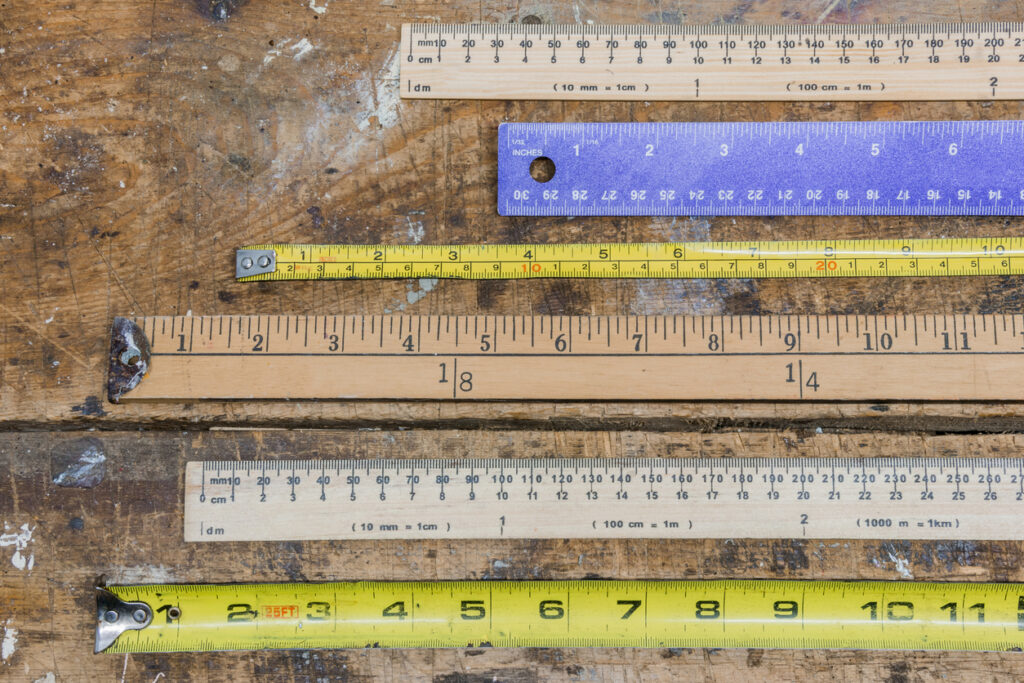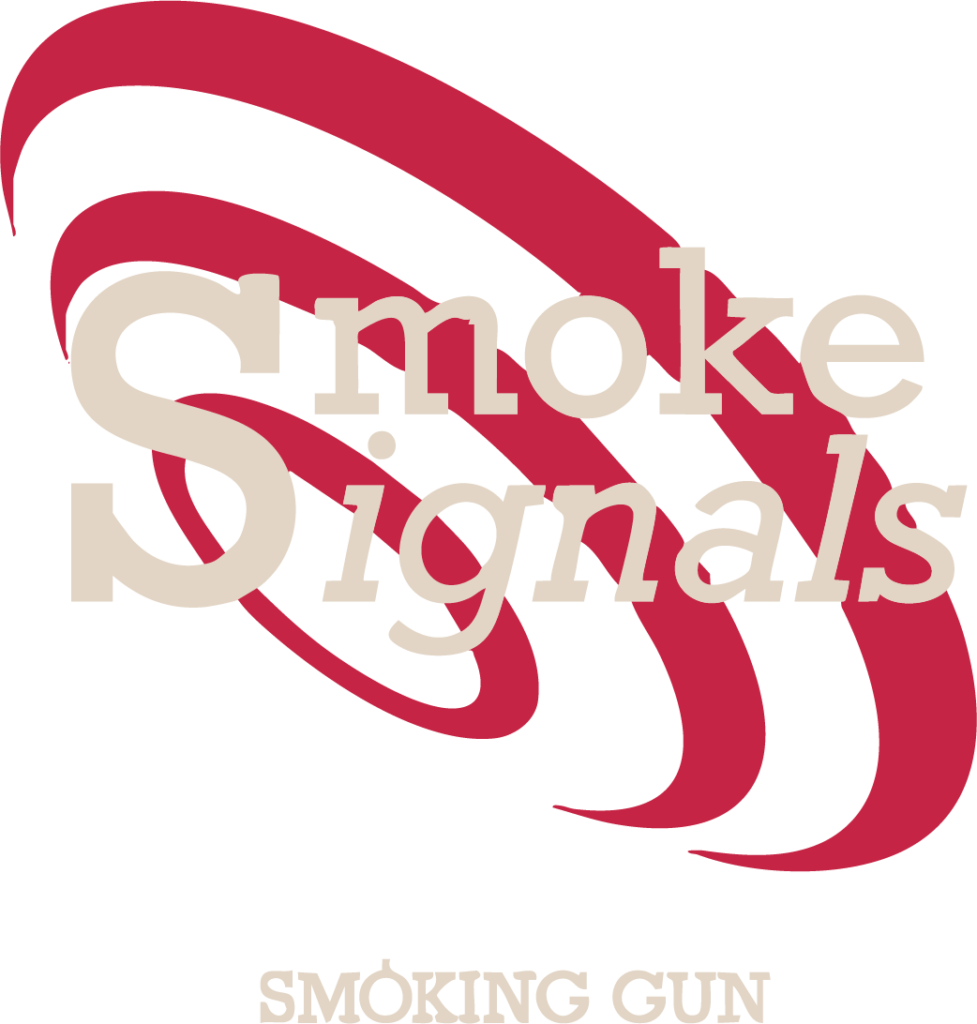Some people in the industry may remember the term AVE.
Advertising Value Equivalents (AVEs) used to be promoted as a standard way to measure PR efforts. The idea was simple: if a company achieved media coverage worth a certain number of column inches, the space could be priced as if it had been bought as advertising. That figure was then reported as the financial value of PR coverage.
At first glance, this seemed like an easy way to prove return on investment. But in reality, it was deeply flawed.
Professional bodies such as AMEC, CIPR, PRCA, and ICCO have all rejected AVEs. The Barcelona Principles make it clear: “AVEs are not the value of communication.”

So why have PR professionals moved away from AVEs for good?
Cost is not the same as value
The main problem with AVEs is that they confuse cost with value. Advertising is paid for based on rate cards, placement, colours and circulation. Public relations, however, relies on earned media. Coverage is achieved through newsworthiness and credibility, not money.

Treating the two as the same assumes that an advert has the same impact as editorial coverage. That is misleading. An advert is always positive and controlled. PR coverage can be balanced, neutral or even critical, yet still builds trust because it carries third-party endorsement. This is where PR delivers value, something AVEs cannot capture.
Inconsistency and lack of trust
Another big flaw is inconsistency. There is no agreed way to calculate AVEs. Some agencies use full rate cards, while others apply multipliers, claiming earned media is worth two or three times more than advertising.
The Institute for Public Relations has called these methods “unethical, dishonest and not supported by research.”
This means AVEs are neither reliable nor comparable. The same piece of PR coverage could produce different values depending on who measures it. In practice, AVEs inflate results without giving any real insight.
Ignoring quality and outcomes
AVEs only measure space or airtime. They take no account of the quality of PR coverage. An in-depth feature in a key trade magazine could be given the same value as a short mention in an irrelevant outlet.

Even more important, AVEs say nothing about outcomes. The purpose of PR efforts is not just to generate coverage. It is to build awareness, influence behaviour or support business goals. AVEs do not link media outputs to these results, so they fail as a true measure of success.
Not fit for the digital world
The rise of digital and social media shows the limits of AVEs even more clearly. Online advertising is priced by impressions, clicks and engagement, not column inches. Comparing a blog, a TikTok video or a podcast mention to ad spend makes no sense.
AMEC has stated that AVEs “do not work in digital and social media.” Today, communications often mix paid, earned, shared and owned media. A measure that only applies to traditional media cannot reflect this integrated approach.
AVEs encourage the wrong behaviour
What you measure shapes what you do. If AVEs are used, PR professionals may focus on volume rather than relevance. This can lead to scattergun distribution of press releases, chasing clippings without caring whether the right audience is reached.

This undermines the strategic role of communications. Effective PR measurement should connect activity to long-term objectives, not vanity reporting.
Industry consensus and the Barcelona Principles
In 2010, the global measurement community created the Barcelona Principles, updated in 2015 and 2020. These set out the standards for PR measurement. One principle is crystal clear: “AVEs are not the value of communication.”
The framework promotes goal setting, measuring both qualitative and quantitative outcomes, using transparent methods and aligning with organisational objectives. It also calls for measuring across all channels, not just media coverage.
Trade bodies strongly agree. The CIPR warns that “anyone attempting to use AVEs today is fooling themselves, fooling their clients and failing the profession.” The PRCA calls AVEs “a vanity metric.” ICCO, AMEC and IPR have all confirmed that AVEs have no role in modern PR practice.
What to use instead
Rejecting AVEs does not mean abandoning measurement. Better alternatives exist:
- AMEC’s Integrated Evaluation Framework links activity directly to outcomes and impact.
- Audience reach tools now give realistic figures for readership or viewership, based on placement and visibility.
- Qualitative analysis, such as tone, message delivery and share of voice provide richer insight into effectiveness.
These methods deliver PR measurement that shows how campaigns meet objectives, influence audiences and support business goals.
The Smoking Gun way
At Smoking Gun, our strategists create bespoke measurement frameworks that ensure the success of any campaign is gauged on commercial success and impacting organisational goals.
Find out more about the work of our Intention Unit here and hear it from expert Dr Anne Gregory, Professor of Corporate Communication at the University of Huddersfield, as she comments on our campaign for Philips home appliances.
“I was genuinely impressed by the rigour and clarity Smoking Gun brought to the table. They devised an imaginative, but standardised measurement framework that made the data come alive and they fused-in a direct link to communication and commercial objectives. It’s clearly led to informed business decisions by Philips, which is making a difference to its market performance. A great example of strategic implementation and evaluation in action.”
Final thoughts
AVEs may once have seemed like a quick fix, but they are outdated and unhelpful. They confuse cost with value, ignore outcomes and lack consistency.
The industry’s position is united. PR professionals, agencies and trade bodies all agree that AVEs are no longer acceptable. Instead, modern PR measurement focuses on outcomes, impact and the strategic role of earned media.
By rejecting AVEs and embracing better frameworks, agencies can provide insights that are accurate, credible and valuable.Talk to Smoking Gun to sharpen your comms measurement and evaluation now.










